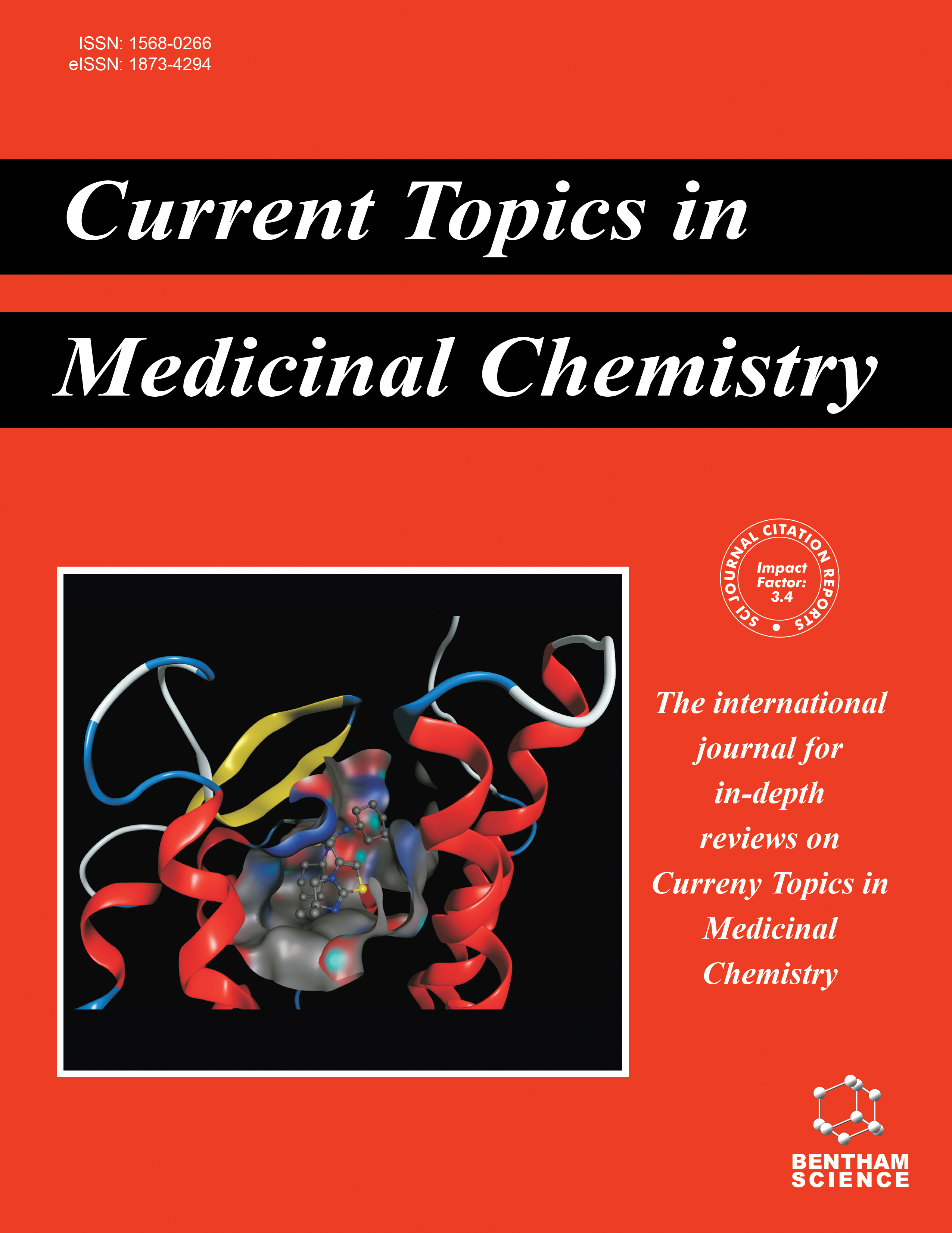- Home
- A-Z Publications
- Current Topics in Medicinal Chemistry
- Previous Issues
- Volume 2, Issue 12, 2002
Current Topics in Medicinal Chemistry - Volume 2, Issue 12, 2002
Volume 2, Issue 12, 2002
-
-
Predicting Drug-Likeness: Why and How ?
More LessBy AjayThere exists a huge attrition rate of molecules in clinical trials. It was expected that high-throughput screening and combinatorial chemistry would make the task of producing drugs easier. However, the efforts of the past decade have not been an unvarnished success. As a result, a lot of experimental and computational efforts are currently being directed at determining the basic requirements for a molecule to become a Read More
-
-
-
In Silico and Ex Silico ADME Approaches for Drug Discovery
More LessThe high attrition rate of drug candidates during clinical trials for poor pharmacokinetic and metabolic properties has created a need to do these studies as early as it is possible during the drug discovery process.In addition the most successful drug is often not the most potent one but the one that has the suitable level of potency, safety, and pharmacokinetics. Science and technology development during the last few years and Read More
-
-
-
Retrospect and Prospect of Virtual Screening in Drug Discovery
More LessAuthors: H. Xu and D.K. AgrafiotisWe review the prominent technologies in virtual screening, and their applications in drug discovery.
-
-
-
History and Evolution of the Pharmacophore Concept in Computer-Aided Drug Design
More LessBy O.F. GunerWith computer-aided drug design established as an integral part of the lead discovery and optimization process, pharmacophores have become a focal point for conceptualizing and understanding receptor-ligand interactions. In the structure-based design process, pharmacophores can be used to align molecules based on the threedimensional arrangement of chemical features or to develop predictive models (e.g., 3DQSAR) tha Read More
-
-
-
The Present Utility and Future Potential for Medicinal Chemistry of QSAR / QSPR with Whole Molecule Descriptors
More LessAuthors: A.R. Katritzky, D.C. Fara, R.O. Petrukhin, D.B. Tatham, U. Maran, A. Lomaka and M. KarelsonWhole-molecule descriptors are obtained computationally from molecular structures using a variety of programs. Their applications are reviewed in the areas of solubility, bioavailability, bio- and nonbio-degradability and toxicity.
-
-
-
QSAR: Then and Now
More LessAuthors: C.D. Selassie, S.B. Mekapati and R.P. VermaIn this review, the evolution of QSAR is traced from the insightful observations of Crum-Brown and Frazier to Hammett's critical equations and finally Hansch's seminal contributions on hydrophobicity and modelling of biological activity based on extrathermodynamic principles. Today's QSAR models can stand alone, augment other graphical approaches or be examined in tandem with equations of a similar mechanistic genre Read More
-
-
-
Current State and Perspectives of 3D-QSAR
More LessBy M. AkamatsuQuantitative structure-activity relationships (QSAR) have played an important role in the design of pharmaceuticals and agrochemicals. All QSAR techniques assume that all the compounds used in analyses bind to the same site of the same biological target. However, each method differs in how it describes structural properties of compounds and how it finds the quantitative relationships between the properties and activities. Read More
-
Volumes & issues
-
Volume 25 (2025)
-
Volume 24 (2024)
-
Volume 23 (2023)
-
Volume 22 (2022)
-
Volume 21 (2021)
-
Volume 20 (2020)
-
Volume 19 (2019)
-
Volume 18 (2018)
-
Volume 17 (2017)
-
Volume 16 (2016)
-
Volume 15 (2015)
-
Volume 14 (2014)
-
Volume 13 (2013)
-
Volume 12 (2012)
-
Volume 11 (2011)
-
Volume 10 (2010)
-
Volume 9 (2009)
-
Volume 8 (2008)
-
Volume 7 (2007)
-
Volume 6 (2006)
-
Volume 5 (2005)
-
Volume 4 (2004)
-
Volume 3 (2003)
-
Volume 2 (2002)
-
Volume 1 (2001)
Most Read This Month
Article
content/journals/ctmc
Journal
10
5
false
en


